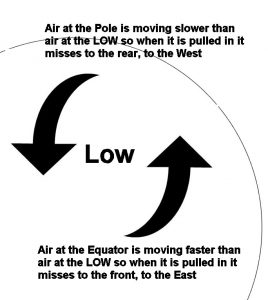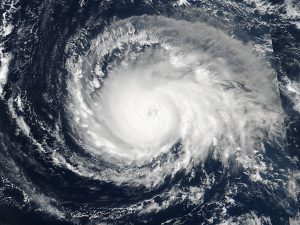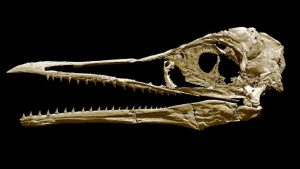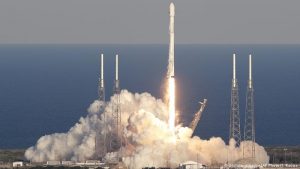
Fahrenheit 451 is the temperature at which books burn and of course it is also the title of the classic novel by Ray Bradbury about a future society where books are burned as a way to keep the populace happy, and dumb, and controlled. Now HBO productions has released an new, updated version of Bradbury’s tale for our divided and angry age.
For the most part the HBO version sticks to the original. Guy Montag is a fireman who doesn’t put out fires, he starts them in order to burn books but in keeping with our modern age he also burns VHS tapes, DVDs and even computers with literature on them. Legally allowed entertainment in this age consists of lame, interactive videos and games, a lot like what we do have.
One mistake HBO makes right from the start is eliminating Montag’s wife who Bradbury used to good purpose in illustrating the vapid, lifeless. anti-intellectual life in the society of Fahrenheit 451. Indeed the only characters we meet in the new version are either book burning firemen or book reading criminals. We never get any feel for the vast majority of the people in this society.
The HBO version also tries to make itself more exciting by adding a healthy dose of violence. Right at the beginning we see a boxing match between Montag and his fire chief, a couple minutes of action that has nothing to do with the plot. Cutting out a few scenes of firemen hitting book readers could have freed up some time to show how censorship is used to control people.

Going by the sets and visuals either the producer or director, probably both, are big fans of Blade Runner because there are a lot of shots of tall skyscrapers with videos being shown on their sides. Also everything is very poorly lighted and has a high-tech but still grimy feel to it.
A couple of the most memorable scenes from the novel are shown pretty much as Bradbury wrote them. Probably the best known scene is when the fireman burst into a house with huge library of books, maybe even more than in my house. After the firemen have doused all of the books with kerosene the little old lady whose books they are refuses to leave. Instead she sets the books, and herself alight with a match.

Scenes like that are powerful, they are the reason why Fahrenheit 451 is still such a good read after 65 years. However instead of just sticking to their source material the script writers decided to ‘improve’ Fahrenheit 451 by adding Omnis. What’s Omnis you ask? Well I don’t like to give away too much so let’s just say that Omnis has something to do with the recent discovery that you can store data, even a book, on DNA.
With the addition of Omnis the writers are then able to drop Bradbury’s quiet, yet very profound ending and replace it with five minutes of pyrotechnics. It’s an ending that disappoints at best.
While HBO’s version of Fahrenheit 451 isn’t great, it isn’t bad either. The cast and crew obviously realize that Bradbury had something important to say not just for the McCarthy era when he wrote the novel, but something that applies to today’s world as well.







































